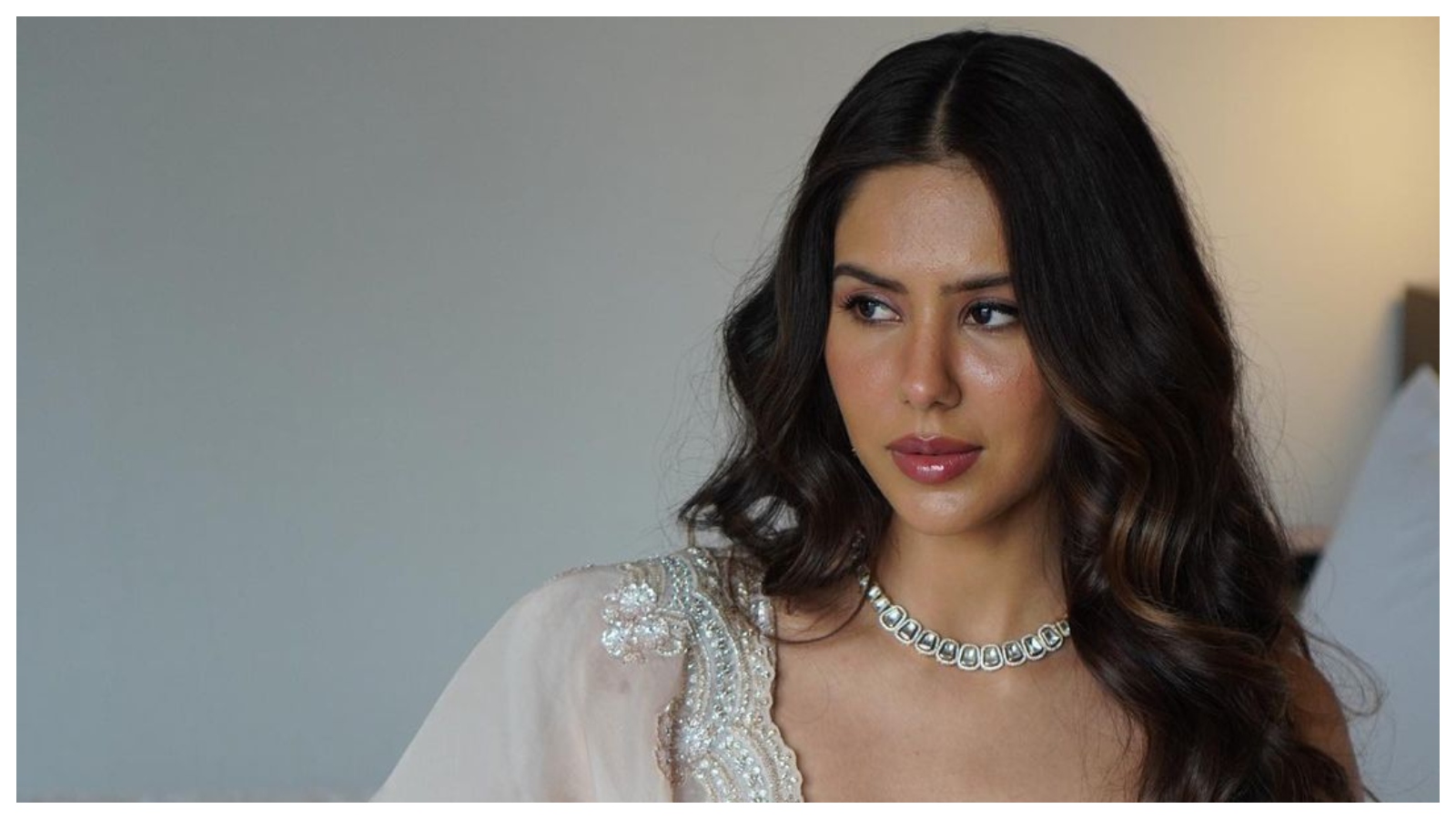Jewellery has left its glittering mark on society throughout different eras, and its evolution has mirrored the changes in social trends and values.
Rings, earrings, and necklaces each bear the imprints of the periods they adorned.
But when it comes to tracing the roots of fashion through time, pendants and pendant necklaces steal the spotlight.
These timeless treasures have not only adorned individuals from ancient civilizations to the modern day but have also held profound cultural significance.
Join us as we explore the history and symbolism behind necklace pendants from the exclusive Priyaasi collection, shedding light on their never-ending charm.
Ready to dive in? Let’s get started!
1. India
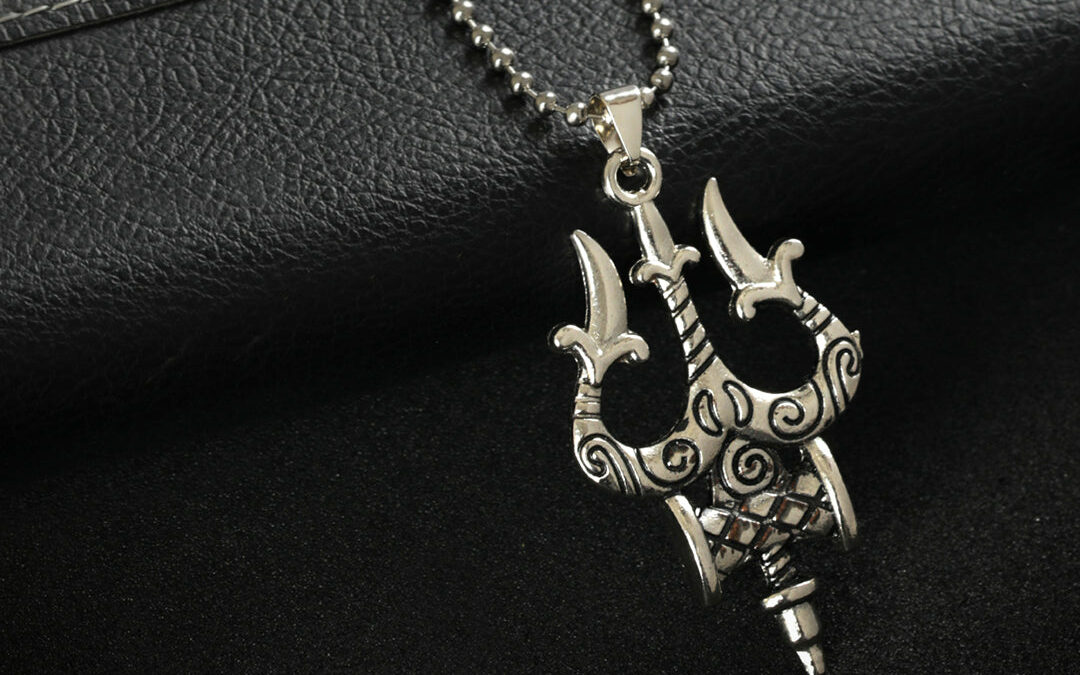
Pendants, often in the kind form of religious symbols, are a crucial part of Indian culture. They can represent various deities, and people often wear them as a homage to faith and spirituality. The Om symbol, Trishul or the swastika are commonly used in pendant designs.
2. Egypt
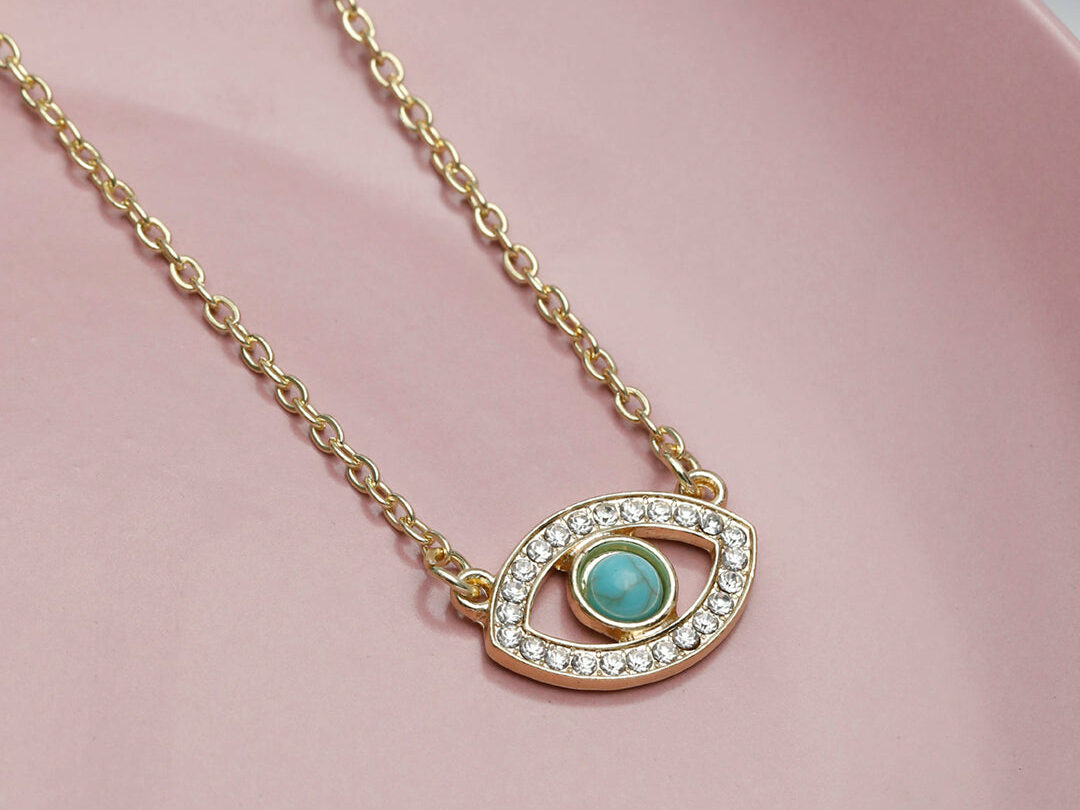
In ancient Egypt, pendants were often worn as amulets and talismans to protect against evil spirits and bring all the good fortune. They were commonly adorned with symbols like Ankh and the Eye of Horus, which represented life and protection.
3. Europe
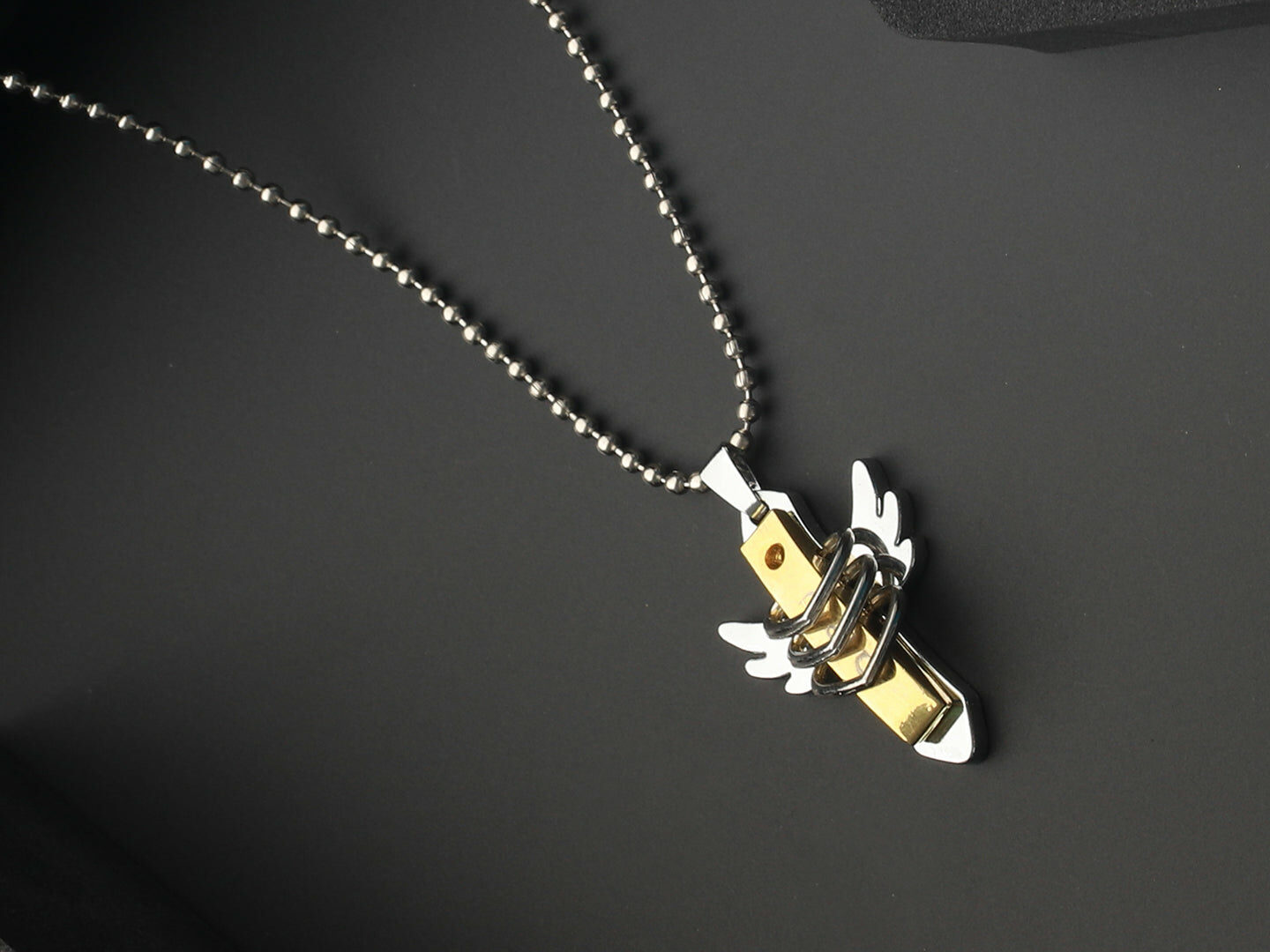
Pendants in pretty Europe have been worn for centuries while showcasing various aspects of a person’s life, such as love, family, or faith. Lockets with miniature portraits or symbols of the dearest ones were popular during the Victorian era, while Celtic knots and crosses have long-standing cultural importance in regions like Ireland.
4. Africa
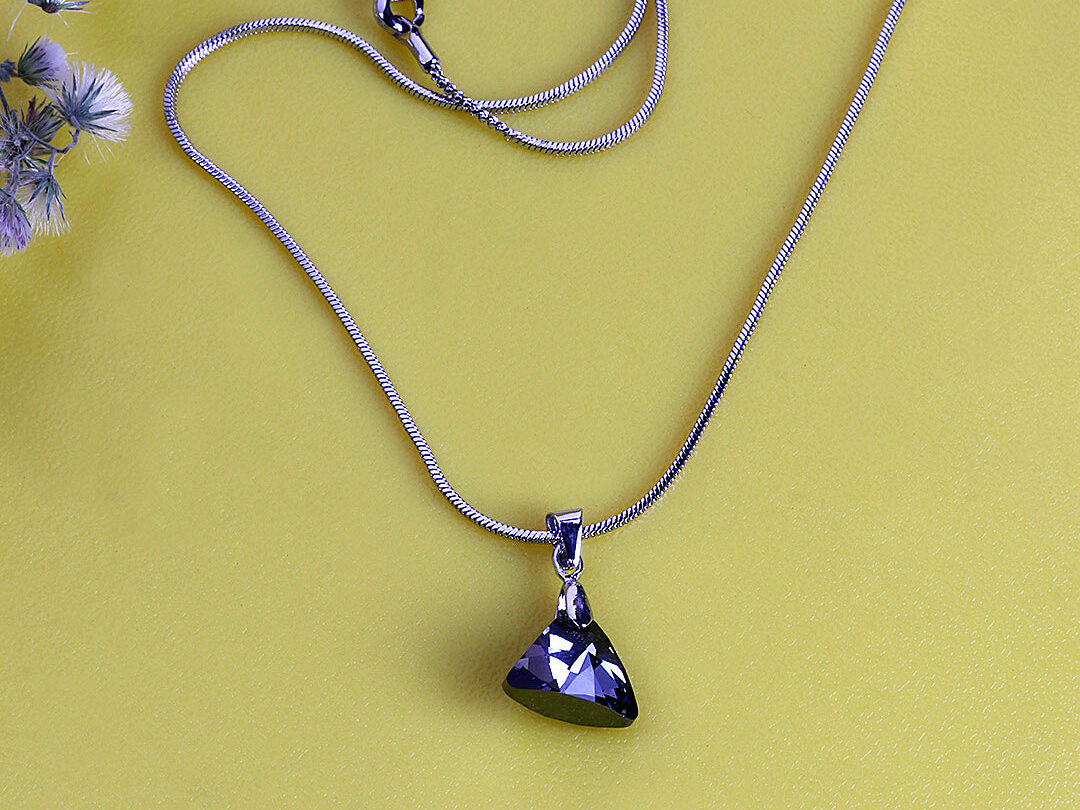
African pendants have deep cultural importance since they can be used as status symbols to symbolize tribal affiliations or to convey any necessary messages. Materials like wood, bone and metal are often used to craft such intricate pendant designs.
5. Native American
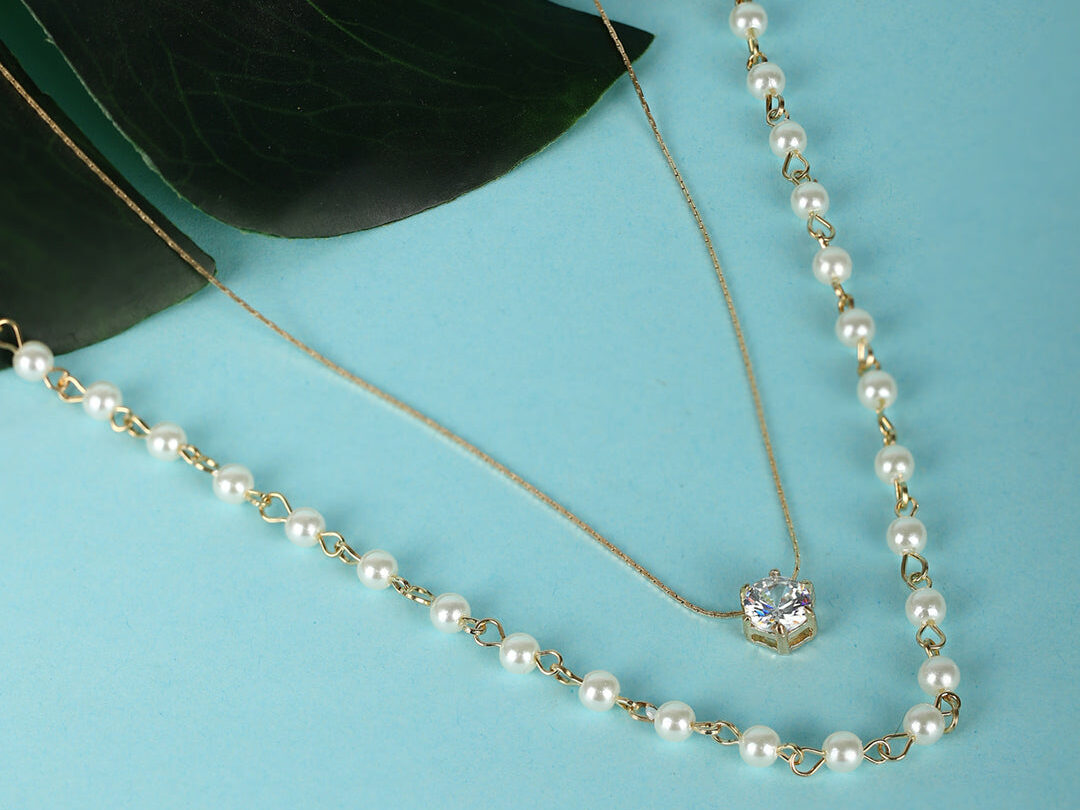
Pendants are crafted with stuff like turquoise, feathers and beads as they most commonly depict animals, spirits, or tribal symbols and are used in rituals and ceremonies as a way to resonate with nature.
6. Middle East
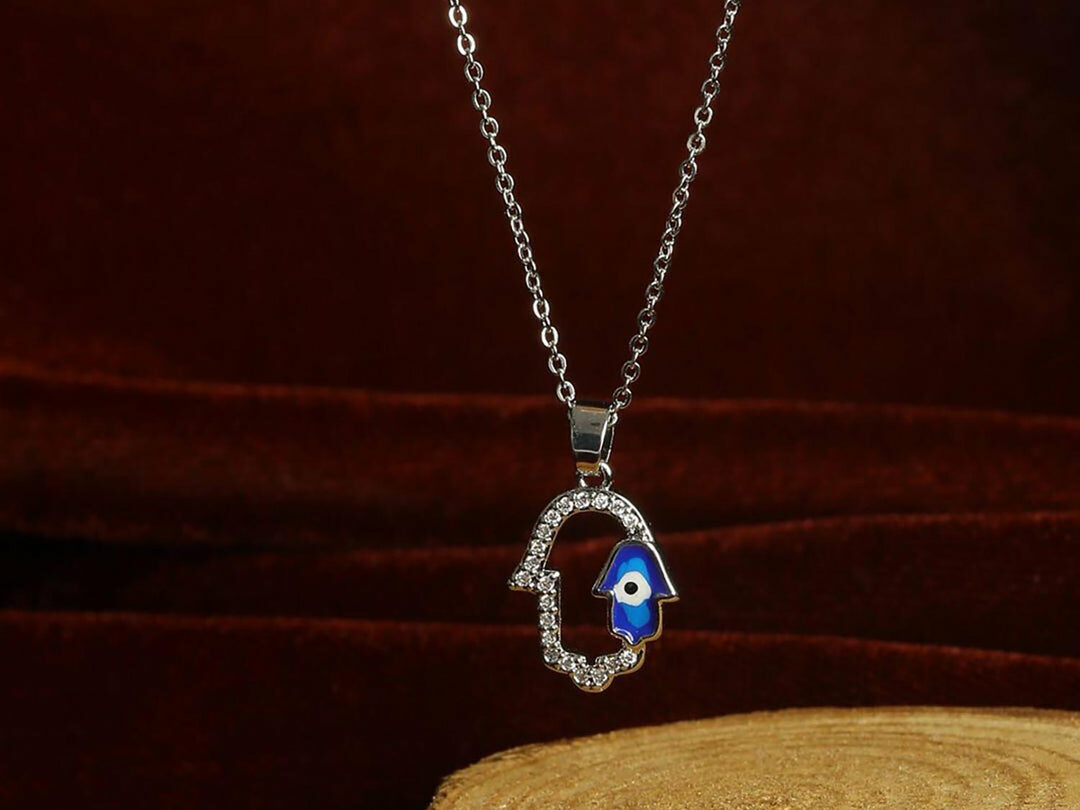
In the Middle East, pendants are often associated with religious beliefs. For example, the Hamsa hand pendant is a symbol of protection against the evil eye in many Middle Eastern cultures.
7. Western Culture
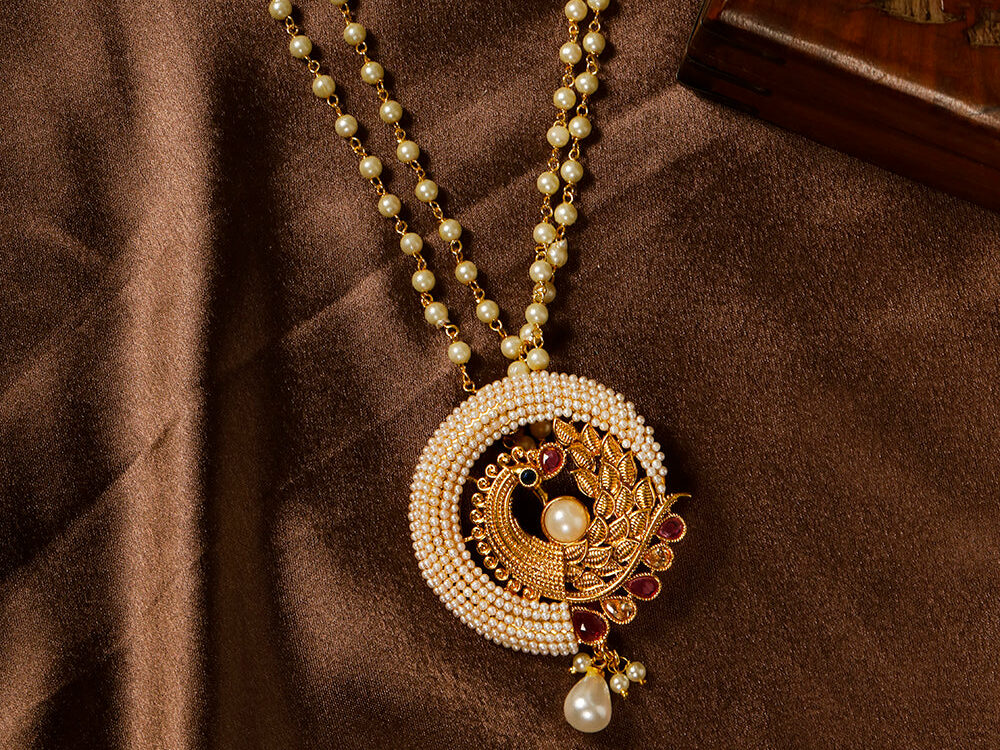
In contemporary Western culture, pendants are quite often worn as personal expression, fashion or sentimental keepsakes. They symbolize love, and friendship or commemorate special occasions.
8. Pacific Islands
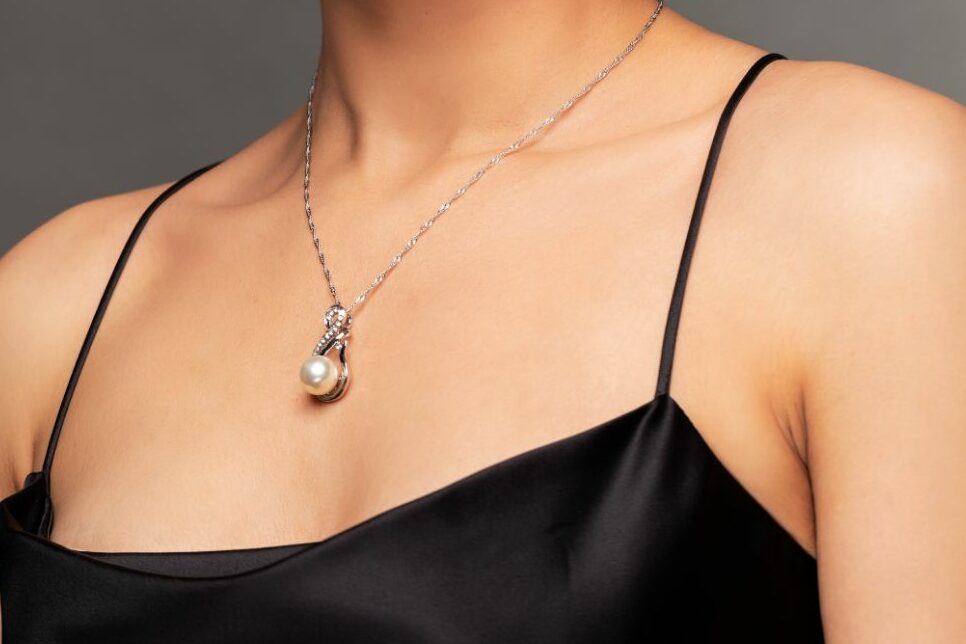
Pendants from materials like shells, bones or stones are preferably worn in many Pacific Island cultures to give homage to spiritual and ancestral significance while also representing connections to their land and heritage.
9. Asia

In Asia, pendants have various diverse cultural significance. For example, in India, pendants called “lockets” are often worn with images of deities or loved ones in one form of protection or devotion. In China, jade pendants are so valued as to symbolize health, wealth and longevity.
10. Ancient Greece and Rome
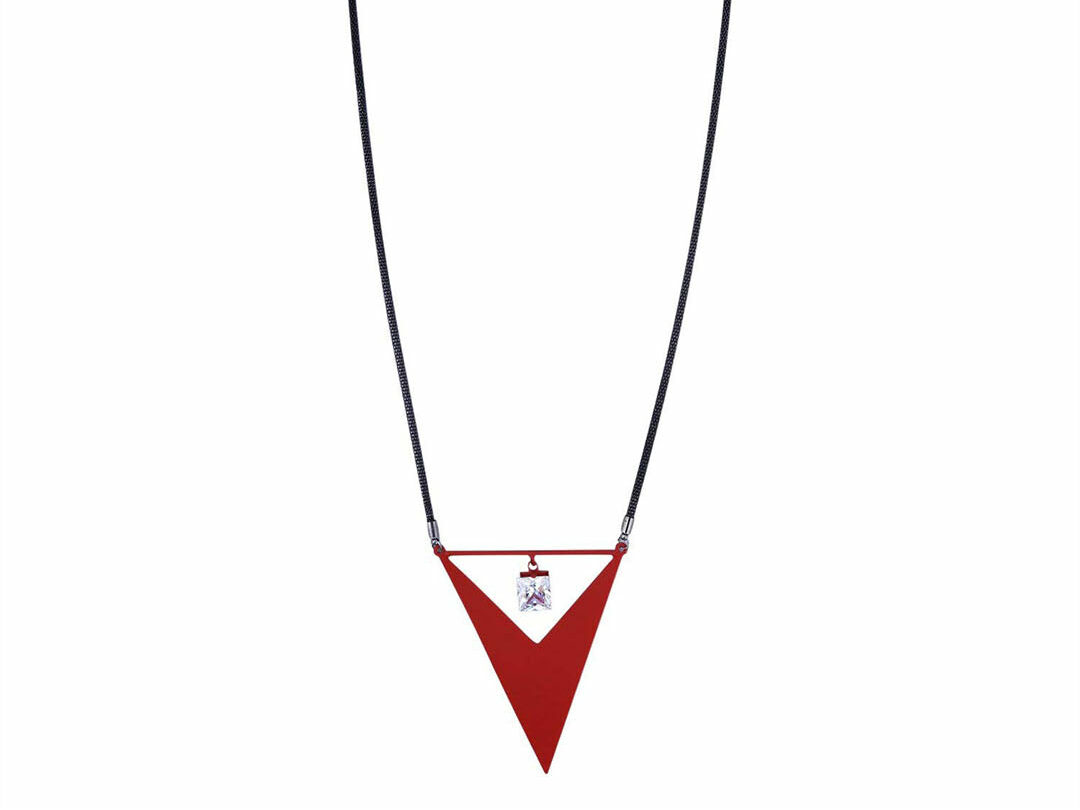
Pendants in these civilizations often depicted gods, goddesses, heroes, animals, and geometric patterns, proving true to the symbols of protection or allegiance to a particular deity. They also could signify membership in specific regions.
Conclusion
The journey across different regions has highlighted the universal appeal and rich cultural significance of pendants. These small adornments transcend borders, connecting various societies through shared symbolism, traditions, and securities.
FAQs
Do pendants have different meanings in different regions?
Yes, pendants can vary in meaning from one culture to another. They may symbolize spirituality, protection, love, or other values specific to that region.
Can I wear pendants from different cultures?
Absolutely! Many people mix and match pendants from different cultures as a way to express their diverse interests and beliefs.
How do I choose a pendant with cultural significance?
Research the meaning behind the pendant and choose one that resonates with your values or heritage.
Are there specific occasions to wear culturally significant pendants?
It varies, but people often wear them during cultural celebrations, religious ceremonies, or simply as everyday jewellery to honour their heritage.

